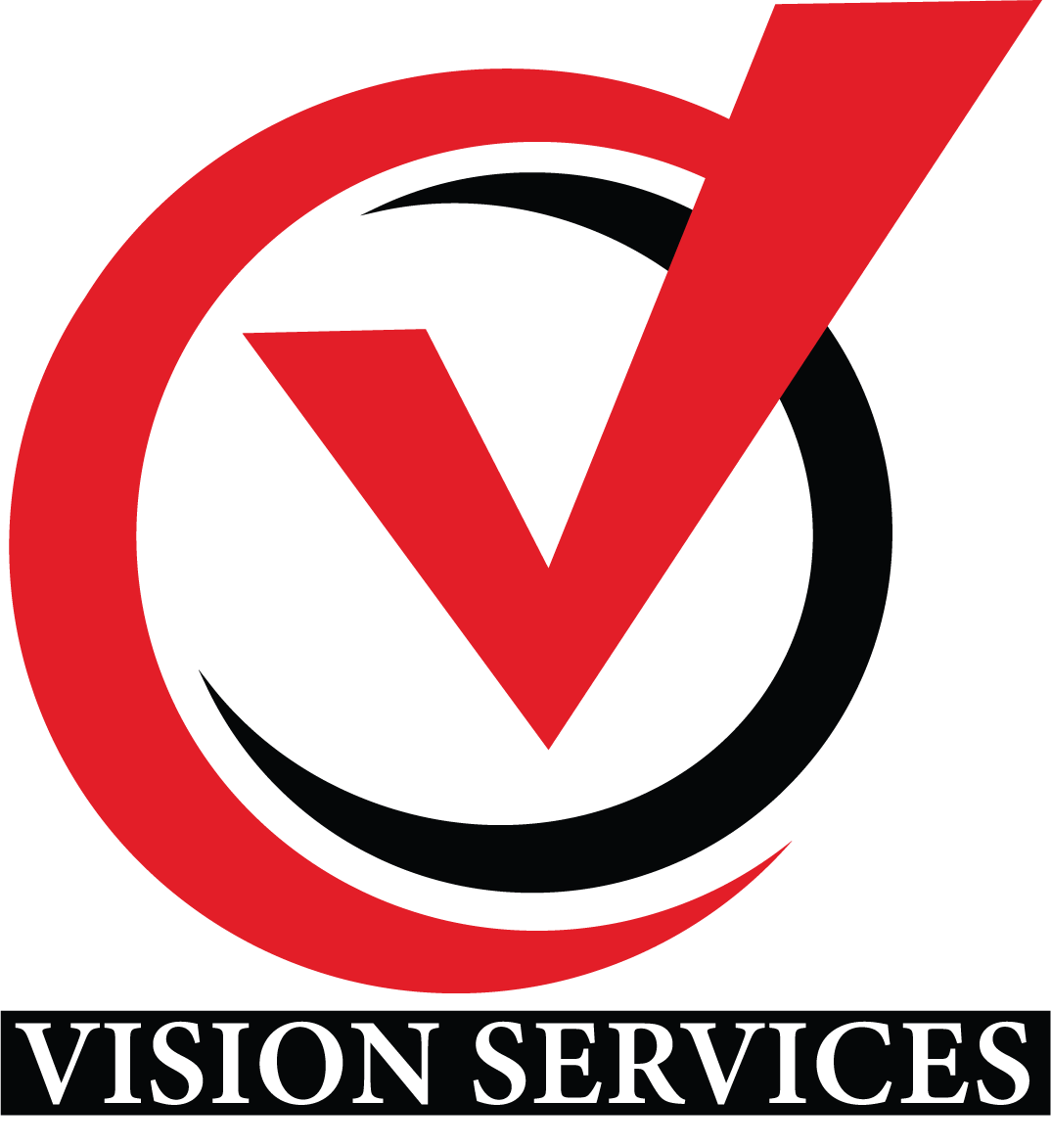In the modern workplace, organizations face constant pressure to improve productivity, retain talent, and achieve sustainable growth. One of the most effective strategies for achieving these goals is mentoring. Mentorship is no longer just a buzzword—it has become a vital tool for enhancing workforce performance, developing leaders, and creating a culture of continuous learning.
Mentoring goes beyond simple training or supervision. It involves guiding employees, sharing expertise, and fostering professional growth in a structured and personalized way. When done correctly, mentoring directly impacts workforce performance outcomes, leading to higher efficiency, better engagement, and improved organizational results.
What Is Mentoring in the Workplace?
Mentoring is a professional relationship where an experienced individual (the mentor) supports the development of another (the mentee). Unlike traditional training, mentoring focuses on holistic growth, including skill development, career guidance, and personal development.
Key aspects of effective mentoring include:
- Knowledge Transfer: Sharing experience, best practices, and industry insights.
- Skill Enhancement: Guiding mentees in improving technical, managerial, and soft skills.
- Feedback and Evaluation: Providing constructive criticism to help mentees grow.
- Career Guidance: Advising on career paths, opportunities, and growth strategies.
How Mentoring Improves Workforce Performance
1. Enhances Skills and Competencies
Mentors provide hands-on guidance and share real-world experiences that accelerate learning. Employees develop both technical and soft skills faster, which directly improves performance and productivity.
2. Boosts Engagement and Motivation
Employees who receive mentoring feel valued and supported. This leads to higher motivation, better morale, and stronger engagement with organizational goals.
3. Reduces Errors and Enhances Quality
With guidance from experienced mentors, mentees make fewer mistakes and deliver higher-quality work. Mentoring ensures employees follow best practices, enhancing overall efficiency.
4. Accelerates Career Development
Mentoring provides employees with clear career paths and growth opportunities, enabling them to take on more responsibilities confidently. This prepares them for future leadership roles.
5. Strengthens Decision-Making
Through mentoring, employees learn critical thinking, problem-solving, and strategic decision-making skills. These skills directly improve organizational outcomes.
Types of Mentoring Programs
- One-on-One Mentoring – Personalized guidance between a mentor and mentee, focusing on individual growth.
- Group Mentoring – One mentor guides multiple mentees simultaneously, encouraging collaboration and peer learning.
- Peer Mentoring – Colleagues at similar levels support each other’s growth, sharing experiences and insights.
- Reverse Mentoring – Junior employees mentor senior staff, often in areas like technology or innovation.
- Virtual Mentoring – Digital platforms enable mentoring across locations, making guidance accessible anytime, anywhere.
Each type of mentoring contributes uniquely to workforce performance, depending on organizational needs and employee development goals.
Benefits of Mentoring for Organizations
- Higher Employee Productivity: Mentored employees complete tasks more efficiently and effectively.
- Better Talent Retention: Employees feel valued and stay longer when supported by mentors.
- Stronger Leadership Pipeline: Mentoring prepares high-potential employees for future leadership roles.
- Enhanced Collaboration: Mentoring fosters a culture of knowledge sharing and teamwork.
- Improved Organizational Performance: Collectively, these benefits lead to stronger business outcomes and competitiveness.
Real-World Impact of Mentoring
- Case Study 1: Technology Sector
A software company implemented a mentoring program for junior developers. Within six months, productivity increased by 30%, and the error rate in code deployment dropped significantly. Mentoring also created a culture of collaboration and continuous learning. - Case Study 2: Healthcare Industry
In a hospital, experienced nurses mentored new hires. The result was faster onboarding, higher patient care quality, and reduced turnover. Mentoring ensured knowledge transfer and practical skill development in critical environments. - Case Study 3: Finance Sector
A financial services firm paired senior analysts with junior employees for mentoring. Employees gained deeper industry knowledge, improved analytical skills, and became capable of handling complex client projects, boosting overall performance metrics.
These examples demonstrate that mentoring is not just a developmental tool—it directly enhances workforce performance outcomes.
Best Practices for Implementing Mentoring Programs
- Define Clear Goals – Establish objectives for mentoring programs, such as skill development, leadership training, or employee retention.
- Select the Right Mentors – Choose mentors with experience, strong communication skills, and a willingness to guide others.
- Match Mentor and Mentee Carefully – Ensure compatibility in terms of career goals, working style, and personal values.
- Provide Training for Mentors – Equip mentors with techniques for effective coaching, feedback, and conflict resolution.
- Encourage Open Communication – Promote honesty, trust, and regular interaction between mentors and mentees.
- Monitor and Measure Outcomes – Track employee performance, engagement, and skill development to evaluate program effectiveness.
- Adapt and Improve – Continuously refine mentoring programs based on feedback and organizational goals.
Role of Technology in Modern Mentoring
Technology has transformed how mentoring programs are delivered and tracked:
- Mentoring Platforms – Tools like Mentornity and Chronus provide structured mentoring frameworks.
- Video Conferencing – Enables virtual mentoring for remote teams.
- AI Matching Systems – Helps pair mentors and mentees based on skills, goals, and personality.
- Analytics Tools – Track progress, engagement, and performance improvements from mentoring programs.
Technology makes mentoring scalable, measurable, and accessible, ensuring consistent benefits across the workforce.
The Future of Mentoring and Workforce Performance
As workplaces evolve, mentoring will remain a critical driver of employee success:
- Continuous Learning Culture: Mentorship will support ongoing skill development and adaptability.
- Global Talent Development: Virtual mentoring will connect employees and mentors across regions and industries.
- Leadership Preparedness: Organizations will increasingly use mentorship to groom future leaders.
- Inclusion and Diversity: Mentoring will help underrepresented employees access growth opportunities and support networks.
With these trends, mentoring will continue to enhance workforce performance and organizational success.
Conclusion
Mentoring is not just a nice-to-have—it is a strategic tool that enhances workforce performance outcomes. By providing guidance, knowledge, and support, mentoring helps employees improve skills, build confidence, and achieve career growth. Organizations benefit through higher productivity, lower turnover, stronger leadership pipelines, and improved business performance.
Investing in mentoring programs is an investment in the future. Companies that embrace structured, thoughtful mentorship initiatives will see measurable improvements in both individual and organizational performance. Ultimately, mentoring transforms workplaces by turning potential into performance, knowledge into capability, and guidance into growth.




